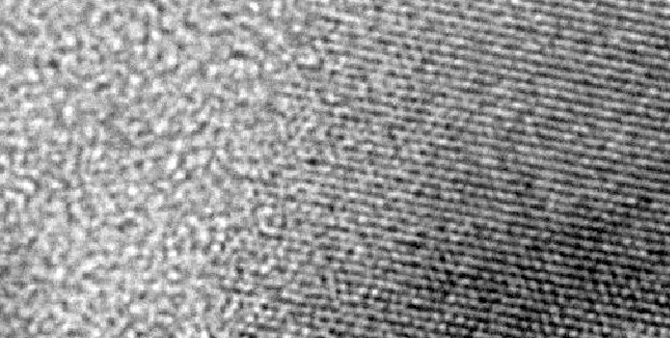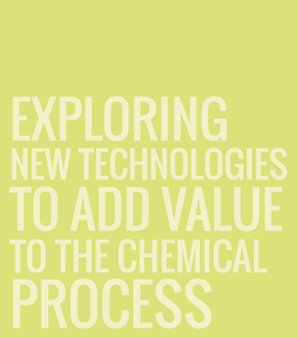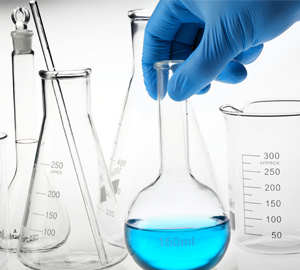

APPLICATIONS
Pd (0) EnCat™ 30NP
Dehalogenation
_ENCAT_30NP_001.jpg)
| Run | Pd loading mol(%) | Product (%) |
| 1 | 0.4 | 94 |
| 2 | 0.4 | 95 |
| 3 | 0.4 | 95 |
| 4 | 0.4 | 95 |
| 5 | 0.4 | 95 |
- 95% yield
- Min 4 recycles compared to no recycles with Pd/C
- Recovery of Pd – 98%
Aromatic Nitro Compounds
Pd(0) EnCat™ 30NP is an effective catalyst for the reduction aromatic nitro
compounds and its use has been reported in the reductive cyclisation of Leimgruber-Batcho derived enamine derivatives to form the corresponding indoles.
Leimgruber-Batcho Indole Synthesis
_ENCAT_30NP_002.jpg)
Experimental Conditions: a. Microwave heating, DMF, Lewis acid. b. 6 mol%
Pd(0) EnCat™ 30NP, EtOAc, HCOOH, NEt3, 24°C, 24 hours or 6 mol% Pd(0)
EnCat™ 30NP, EtOAc, HCOOH, NEt3, microwave heating, 120°C, 2 hours
Debenzylation
Pd(0) EnCat™ 30NP can be an efficient catalyst for the selective reductive
hydrogenation of aryl benzyl ethers, benzyl esters, and benzyl amines leaving
other sensitive groups intact.
Alkyl benzyl ethers are not reduced under atmospheric pressure of hydrogen
with Pd(0) EnCat™ 30NP
| Reaction | Conversion (%) |
_ENCAT_30NP_003.jpg) |
100 |
_ENCAT_30NP_004.jpg) |
100 |
_ENCAT_30NP_005.jpg) |
100 |
Experimental Procedure:
The substrate was dissolved in EtOH, 10 mol% of the catalyst (water wet) was added and the mixture degassed twice under vacuum refilling each time with hydrogen. The reaction mixture was left at room temperature overnight connected to hydrogen. The catalyst was then filtered off and washed with EtOH. The filtrate was concentrated to give a crude product which was submitted for 1H-NMR analysis to determine the conversion
Double Bond Reaction
Ketone and Aldehyde reduction and Reductive Amination:
Pd(0) EnCat™ 30NP is an efficient catalyst for the reductive hydrogenation of alkenes, aryl chlorides and aryl alkynes
Pd(0) EnCat™ 30NP is an efficient catalyst for the reductive hydrogenation of alkenes, aryl chlorides and aryl alkynes
| Reaction | Conversion (%) |
_ENCAT_30NP_006.jpg) |
100 |
_ENCAT_30NP_007.jpg) |
100 |
_ENCAT_30NP_008.jpg) |
100 |
_ENCAT_30NP_009.jpg) |
88 |
_ENCAT_30NP_010.jpg) |
100 |



